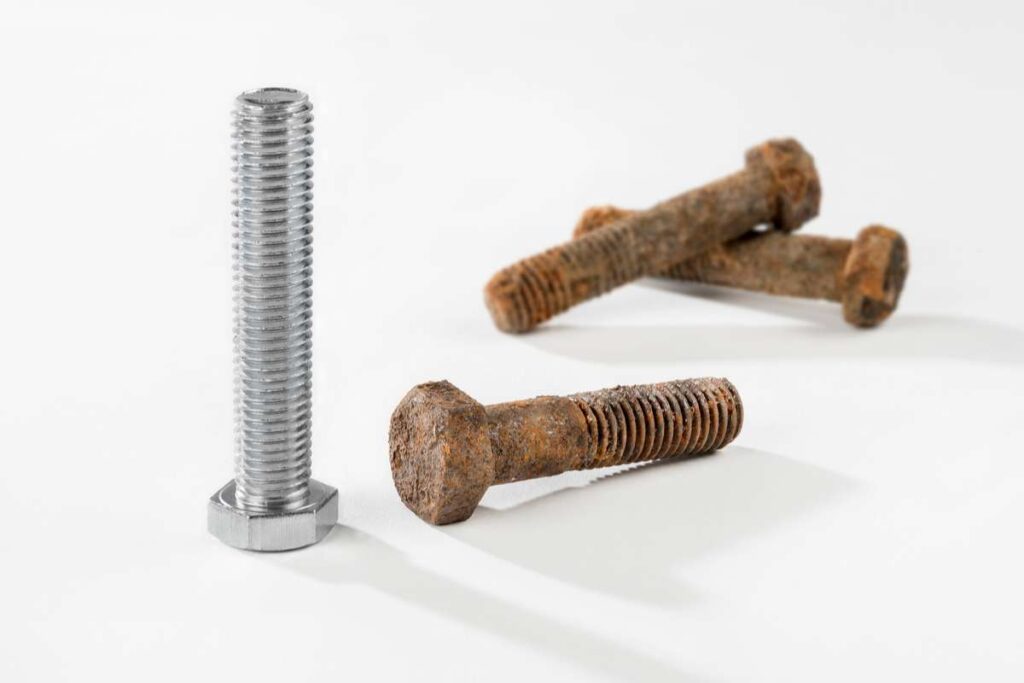Corrosion of Metals
The corrosion resistance of metals and alloys is a basic property related to the easiness with which these materials react with a given environment. Corrosion is a natural process that seeks to reduce the binding energy in metals. The end result of corrosion involves a metal atom being oxidized, whereby it loses one or more electrons and leaves the bulk metal. The lost electrons are conducted through the bulk metal to another site where they are reduced. In corrosion parlance, the site where metal atoms lose electrons is called the anode, and the site where electrons are transferred to the reducing species is called the cathode.
Pure metals are used in many applications. Copper, for example, is used to make the wire which goes inside electrical cables. Copper was chosen because it can be drawn into long thin wires very easily (it is ductile) and because it is a good conductor of electricity. Pure aluminum can also be used in wiring. It is also used as a cladding material for aluminum alloy substrates. Currently there are 86 known metals. Before the 19th century only 24 of these metals had been discovered and, of these 24 metals, 12 were discovered in the 18th century. Therefore, from the discovery of the first metals, gold and copper, until the end of the 17th century, some 7700 years, only 12 metals were known. Four of these metals, arsenic, antimony , zinc and bismuth , were discovered in the thirteenth and fourteenth centuries, while platinum was discovered in the 16th century. The other seven metals, known as the Metals of Antiquity, were the metals upon which civilization was based. These seven metals are Gold, Copper, Silver, Lead, Tin, Iron,Mercury.


